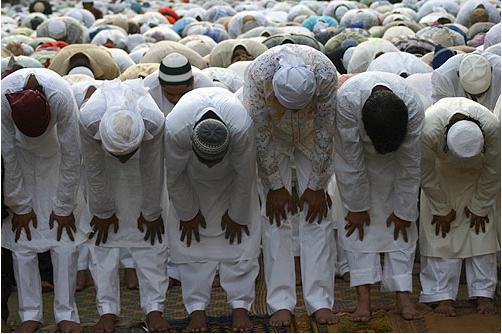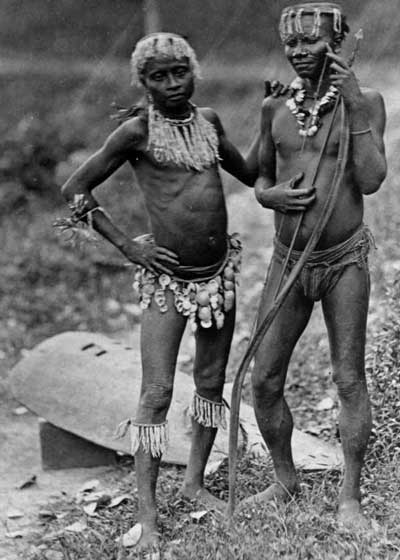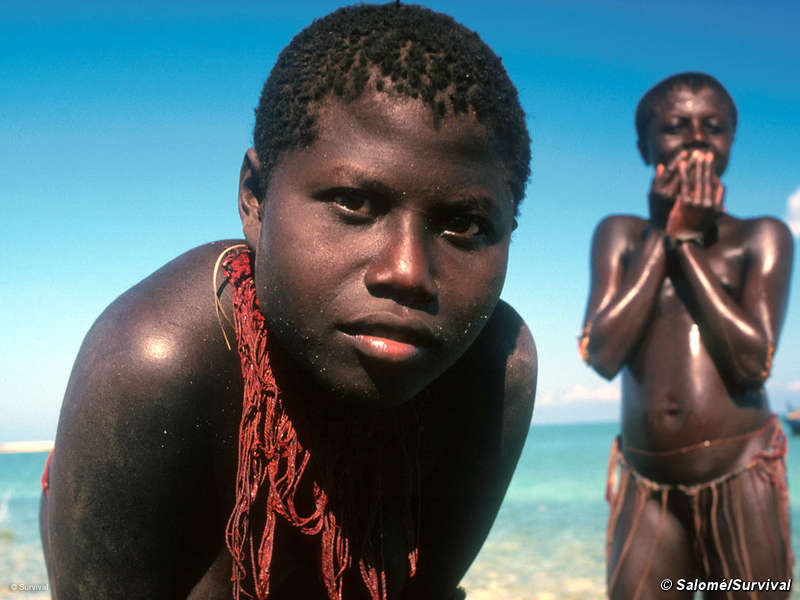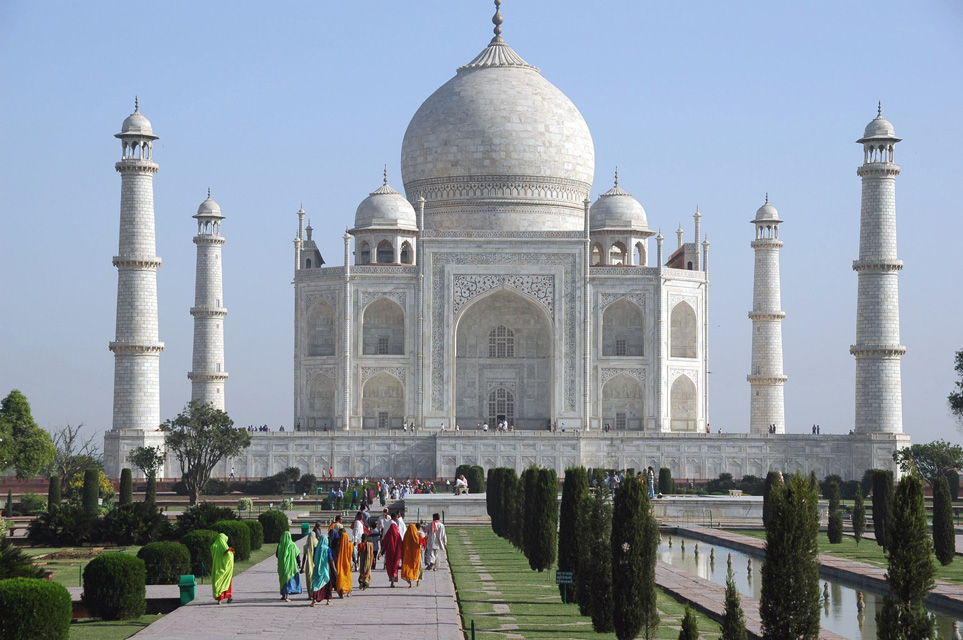India, is a country of incredible fascination and physical charm. It is well known for its diversity, both culturally and geographically. The country is rich in natural beauty in every aspect and uniquely, it houses several ethnic groups, each with its own language and culture. The variety of culture and religion is clearly reflected in the vibrancy and colour of Indian dance, music, festivals and the beautiful architectural designs of its majestic palaces and temples.
Geographically, India is known to be the world’s seventh largest country that is home to more than a billion people. It boasts beautiful natural landscapes of high mountains, low river plains, deserts, tropical jungles, golden beaches and loud waterfalls that captures the heart of the locals as well as tourists.
The name ‘India’ was derived from the River Indus, where the Aryan worshippers referred to the River Indus as ‘Sindhu’. Following that, the Persian invaders converted it into Hindu, thus the name of India as ‘Hindustan’. This name is a fusion of the term ‘Hindu’ and ‘Sindhu’, and so the name of the land is called The Land of Hindus.
Another known factor about India is the famous Taj Mahal. It is a monument that is regarded as the eight wonders of the world and was built and erected by a Muslim Mughal Emperor named Shah Jahan. The monument was built in memory of his beloved wife, Mumtaz Mahal in Agra. The Taj Mahal was built over a period of twenty-two years and has since became a must-visit site for tourists because of its beautiful Islamic architectural beauty.
 |
| A Bollywood film |
Bollywood, also known as “The Film City”, is the largest and most glamorous film industry in the world that is located in Mumbai. The term Bollywood was derived by a combination of “Bombay”(now known as Mumbai) and “Hollywood”. The Indian population is heavily in love with Bollywood films for its dance, beautiful and handsome actors and actresses and the lineups of music and each movie usually lasts about three to four hours including intermissions. An estimated fourteen million Indians visit the movie theatre on a daily basis.
India, The Spiritual Kingdom by Radhika Srinivasan & Leslie Jermyn, 2001http://hubpages.com/hub/Tour-to-Bollywood-Film-City-India
http://www.islamicity.com/culture/taj/default.htm
http://www.islamicity.com/culture/taj/default.htm






















